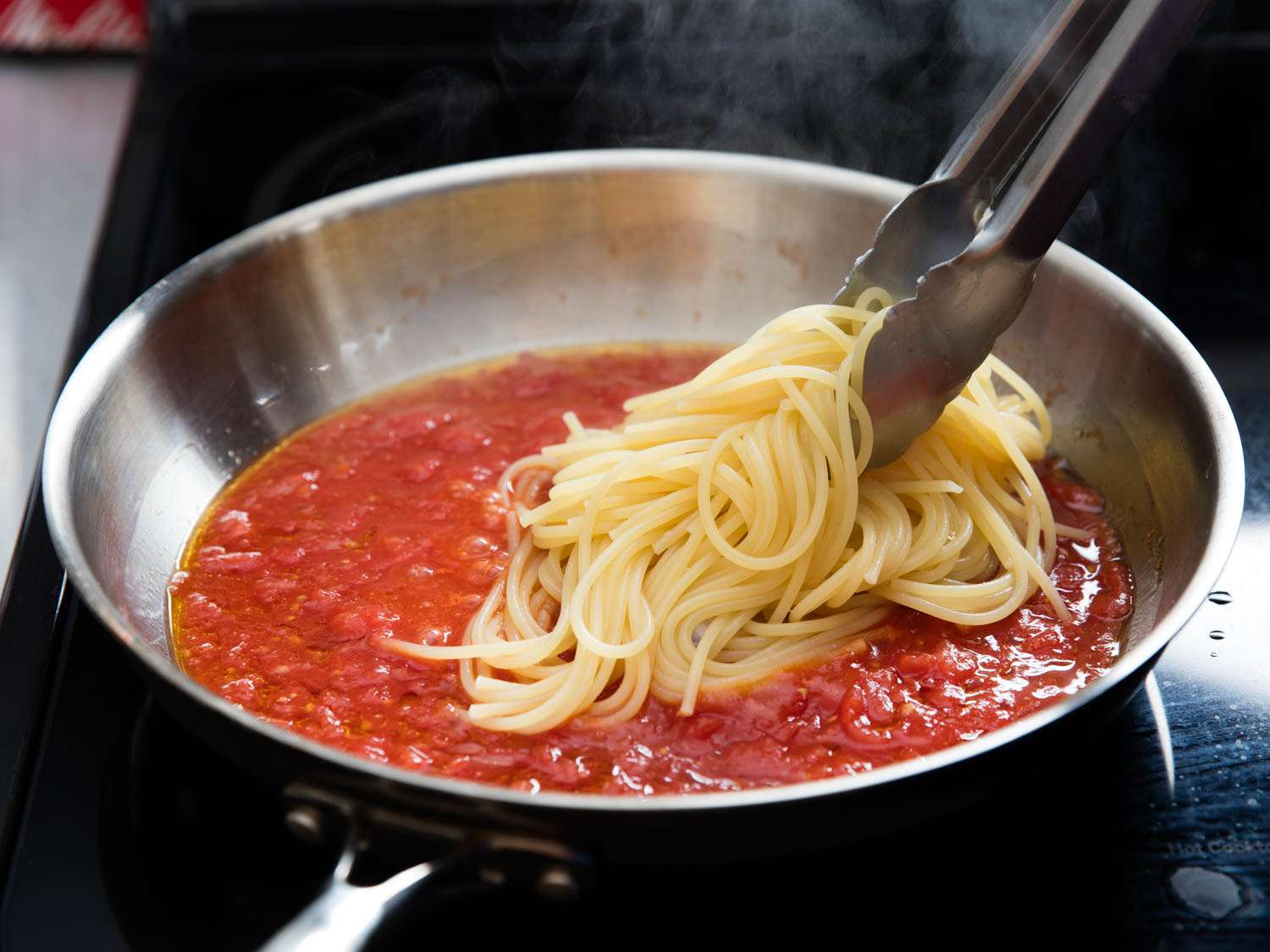

Articles
How To Store Cooked Pasta With Sauce
Modified: October 18, 2024
Learn the best methods to store your cooked pasta with sauce for future enjoyment. Read our informative articles on proper storage techniques.
(Many of the links in this article redirect to a specific reviewed product. Your purchase of these products through affiliate links helps to generate commission for Storables.com, at no extra cost. Learn more)
Introduction
Welcome to the world of deliciousness and convenience! Storing cooked pasta with sauce is a handy skill to have in your culinary arsenal. Whether you’re meal prepping for the week, saving leftovers for a quick and easy dinner, or simply making sure your pasta dish stays fresh, proper storage is essential. In this article, we will explore why it is important to store cooked pasta with sauce properly, factors to consider when storing, best practices for storage, different methods you can use, tips for reheating, and common troubleshooting tips. So, let’s dive right in!
There’s nothing quite like a steaming plate of pasta smothered in a rich, flavorful sauce. But what happens when you have leftovers? Storing cooked pasta with sauce correctly ensures that your leftovers remain safe to eat, retain their taste and texture, and are easy to reheat. Improper storage can lead to spoilage, loss of flavor, and a less-than-satisfying meal.
Ensuring that your pasta and sauce hold up well in storage requires careful consideration of a few key factors. These factors include the type of pasta you’re using, the type of sauce, the ingredients in the sauce, and the length of time you plan to store the dish. By taking these factors into account, you can choose the best storage method and maximize the longevity and quality of the dish.
But fear not! Storing cooked pasta with sauce doesn’t have to be a daunting task. With a little knowledge and some tried-and-true techniques, you can keep your pasta and sauce fresh and delicious for days. Whether you’re a seasoned chef or a novice cook, this article will provide you with the guidance you need to store your pasta with sauce like a pro.
So, grab a fork and get ready to discover how to store your cooked pasta with sauce properly. Let’s make sure every bite is as mouthwatering as the first!
Key Takeaways:
- Properly storing cooked pasta with sauce is crucial for food safety, prolonged freshness, convenience, and reducing food waste. Consider factors like pasta type, sauce ingredients, and storage duration for optimal results.
- Best practices for storing cooked pasta with sauce include proper cooling, airtight containers, and labeling. Reheating tips and troubleshooting advice ensure delicious, safe, and convenient consumption of stored pasta dishes.
Read more: How To Store Pasta Sauce In Freezer
Why it is Important to Store Cooked Pasta with Sauce Properly
Properly storing cooked pasta with sauce is not just about maintaining its taste and texture; it is also crucial for food safety. Pasta dishes, especially those with sauce, are susceptible to bacterial growth and spoilage if not stored correctly. Here are a few important reasons why proper storage is essential:
- Food Safety: Cooked pasta and sauce are considered perishable food items due to their moisture content. When left at room temperature, they provide an ideal environment for bacteria, such as Staphylococcus aureus and Salmonella, to grow rapidly. These bacteria can cause foodborne illnesses, leading to symptoms like nausea, vomiting, and diarrhea. Proper storage in the refrigerator or freezer helps inhibit bacterial growth, ensuring the safety of your stored pasta dish.
- Prolonged Freshness: Storing cooked pasta with sauce properly helps to preserve its freshness. The sauce can help prevent the pasta from drying out, keeping it moist and tender. By storing the dish in an airtight container or using proper freezer storage methods, you can prevent exposure to air and maintain the flavor, texture, and overall quality of your pasta and sauce.
- Convenience: Knowing how to store your cooked pasta with sauce properly allows for meal planning and easy weeknight dinners. By preparing a larger batch of pasta with sauce and storing it in individual portions, you can save time and effort in the future. With properly stored leftovers, you can enjoy a homemade meal without the hassle of cooking from scratch, making busy days a little more manageable.
- Reducing Food Waste: Proper storage techniques can help reduce food waste by extending the shelf life of your cooked pasta with sauce. Instead of throwing away leftover pasta or sauce, you can store them properly and enjoy them later. This not only saves money but also helps minimize your environmental impact by reducing the amount of food that ends up in the trash.
By understanding the importance of storing cooked pasta with sauce properly, you can ensure food safety, preserve freshness, enjoy the convenience of pre-prepared meals, and contribute to reducing food waste. Now that we know why it’s important, let’s move on to exploring the factors to consider when storing cooked pasta with sauce.
Factors to Consider When Storing Cooked Pasta with Sauce
Storing cooked pasta with sauce requires careful consideration of several factors to ensure that your dish stays safe to eat and maintains its quality. These factors play a crucial role in determining the best storage method and the longevity of your pasta. Let’s take a closer look at the key factors you need to consider:
- Type of Pasta: Different types of pasta have different textures, cooking times, and absorption capacities. Consider the type of pasta you’re using, such as spaghetti, penne, or macaroni, as it can influence the storage process. Larger pasta shapes may retain the sauce better, while delicate pasta like angel hair might become overcooked if stored for too long. Take into account the characteristics of your pasta when deciding on the storage duration and method.
- Type of Sauce: The type of sauce you’re using also impacts the storage process. Cream-based sauces, like Alfredo or carbonara, contain dairy products and are more susceptible to spoilage. Tomato-based sauces, on the other hand, have a higher acidity level, which helps inhibit bacterial growth. Consider the ingredients in your sauce and their perishability when determining how long you can store the pasta dish.
- Ingredients in the Sauce: If your sauce contains ingredients like meat, seafood, or dairy products, it may have a shorter shelf life. These ingredients can spoil more quickly and may require additional considerations when storing. Ensure that the sauce reaches the appropriate temperature before storing and consider using vacuum-sealed containers or freezer storage for longer-term storage.
- Storage Duration: One important factor to consider is how long you plan to store the cooked pasta with sauce. If you intend to consume it within a day or two, refrigeration proves sufficient. However, if you’re looking for longer-term storage, freezing is a better option. Take note of the recommended storage times for specific pasta dishes to maintain their quality and safety.
- Storage Container: The choice of storage container can impact the freshness and taste of your pasta with sauce. Opt for airtight containers that prevent exposure to air and moisture. Glass or BPA-free plastic containers are ideal choices as they are non-reactive and won’t affect the flavor of your dish. If you’re freezing the pasta, consider using freezer-safe bags or containers that minimize the risk of freezer burn.
By considering these factors when storing your cooked pasta with sauce, you can ensure that the dish remains safe to eat, maintains its quality, and extends its shelf life. In the next section, we will delve into the best practices for storing cooked pasta with sauce, helping you make the most out of your leftovers.
Best Practices for Storing Cooked Pasta with Sauce
To ensure that your cooked pasta with sauce stays fresh, tasty, and safe to eat, it’s essential to follow some best practices for storage. By employing these practices, you can maintain the quality of your dish and avoid any potential foodborne illnesses. Let’s explore the top best practices for storing cooked pasta with sauce:
- Cool the Pasta Properly: Before storing, allow the cooked pasta to cool down completely. This helps prevent condensation and the growth of bacteria. You can cool it by running cold water over the pasta or by spreading it in a single layer on a baking sheet.
- Combine Pasta and Sauce: For optimal taste and texture, it is recommended to combine the pasta and sauce before storing. This allows the flavors to meld together, and the sauce helps keep the pasta moist. If you prefer to store them separately, make sure to store the sauce in a separate airtight container.
- Choose Appropriate Storage Containers: Select containers that are airtight and made of materials such as glass or BPA-free plastic. Ensure that the container is clean and dry before adding the pasta with sauce. Airtight containers prevent the entry of air, which can lead to spoilage or drying out of the pasta.
- Label and Date the Containers: To avoid confusion and keep track of storage times, label each container with the contents and the date it was prepared. This helps you identify leftover pasta dishes and ensures that you consume them within the recommended time frame.
- Refrigerate for Short-Term Storage: If you plan to consume the pasta with sauce within a day or two, refrigeration is the best option. Place the airtight container in the refrigerator, away from odorous foods, and use it within 2-3 days.
- Freeze for Long-Term Storage: For longer-term storage, freezing is your best bet. Transfer the pasta with sauce into freezer-safe containers or bags, removing as much air as possible. Properly wrapped frozen pasta can maintain its quality for up to 3 months. Ensure you have sufficient freezer space before freezing multiple portions.
- Follow Thawing and Reheating Guidelines: When it’s time to enjoy your stored pasta with sauce, follow proper thawing and reheating guidelines. Thaw frozen pasta in the refrigerator overnight or use the defrost function on your microwave. Reheat the pasta with sauce in a saucepan on the stove or in the microwave, stirring occasionally to ensure even heating.
By following these best practices, you can ensure that your cooked pasta with sauce remains safe, flavorful, and enjoyable to eat. However, it’s always important to use your best judgment when consuming stored leftovers. If you notice any signs of spoilage, such as an off smell, unusual texture, or mold growth, discard the pasta with sauce to avoid any potential health risks.
Now that we’ve covered the best practices for storing cooked pasta with sauce, let’s move on to discussing the different storage methods and their pros and cons.
Store cooked pasta with sauce in an airtight container in the refrigerator for up to 3-5 days. To prevent the pasta from becoming mushy, store the sauce and pasta separately and combine when ready to eat.
Different Storage Methods and Their Pros and Cons
When it comes to storing cooked pasta with sauce, there are various methods you can choose from. Each storage method has its own pros and cons, and understanding them can help you decide which option is best for your specific needs. Let’s explore the different storage methods and their advantages and disadvantages:
- Refrigeration: Storing cooked pasta with sauce in the refrigerator is a common method for short-term storage. Here are its pros and cons:
- Pros: Refrigeration is convenient and allows for easy access to your leftovers. It helps maintain the freshness and texture of the pasta, and the sauce stays well-incorporated.
- Cons: The storage duration is limited, typically 2-3 days. If not properly sealed, the pasta may absorb moisture from the sauce or other foods in the refrigerator, leading to a mushy texture.
- Freezing: Freezing cooked pasta with sauce is an excellent option for long-term storage. Here are its pros and cons:
- Pros: Freezing allows you to extend the shelf life of your pasta dish for up to 3 months. It helps retain the flavors, textures, and overall quality of both the pasta and the sauce. It also provides portion control flexibility and is great for meal prepping.
- Cons: Freezing can slightly alter the texture of the pasta, making it a bit softer upon thawing. Some pasta shapes, like spaghetti, may clump together during freezing and require breaking apart before reheating.
- Vacuum Sealing: Using a vacuum sealer to store cooked pasta with sauce offers additional protection against freezer burn and moisture. Here are its pros and cons:
- Pros: Vacuum sealing removes air from the storage bag, reducing the risk of freezer burn and maintaining the quality of the pasta and sauce. It also helps maximize storage space and provides a tight seal to prevent any odor or flavors from transferring to the food.
- Cons: Vacuum sealing equipment can be expensive, and the bags may not be reusable. Additionally, certain delicate pasta shapes may become slightly compressed during the vacuum sealing process.
- Individual Portion Containers: Storing cooked pasta with sauce in individual portion containers is ideal for quick and easy meals. Here are its pros and cons:
- Pros: Portioning your pasta with sauce into individual containers allows for convenient grab-and-go meals. It helps with portion control and minimizes the time needed for reheating.
- Cons: Using individual portion containers may require more storage space in the refrigerator or freezer. Additionally, if the containers are not airtight or leak-proof, the flavors and moisture of the pasta and sauce may mix, affecting their quality.
Consider your storage needs, the quantity of pasta with sauce you have, and the available storage space when choosing the most suitable method for storing your cooked pasta. Whichever method you choose, remember to label and date your containers to keep track of the storage durations and ensure safe consumption.
Now that we have explored the different storage methods, let’s move on to the next section, where we will discuss tips for reheating stored pasta with sauce.
Read more: How To Store Leftover Pasta With Sauce
Tips for Reheating Stored Pasta with Sauce
When it comes time to enjoy your stored pasta with sauce, proper reheating is key to preserving the flavors and textures of the dish. Follow these tips to ensure that your reheated pasta is just as delicious as when it was freshly made:
- Thaw Properly: If your pasta with sauce has been frozen, it’s important to thaw it properly before reheating. The best method is to transfer the container from the freezer to the refrigerator and allow it to thaw overnight. This gradual thawing helps maintain the texture of the pasta and prevents it from becoming mushy.
- Reheat Gently: When reheating your stored pasta with sauce, opt for gentle heat to avoid overcooking. Both stovetop and microwave methods work well for reheating, ensuring that the pasta and sauce heat evenly. Stir occasionally to distribute the heat and prevent hot spots.
- Add a Splash of Liquid: If the pasta seems dry during reheating, add a splash of liquid such as water, broth, or additional sauce to moisten it. This helps restore any lost moisture and prevents the pasta from becoming too sticky or clumpy.
- Recreate the Tossing Process: When reheating pasta with sauce, recreate the tossing process used when it was initially prepared. This helps distribute the sauce evenly and ensures that all parts of the pasta are coated. Use tongs or a large spoon to gently toss the pasta and sauce together.
- Monitor the Reheating Time: Keep a close eye on the reheating process to prevent overcooking. Pasta can quickly become mushy if subjected to too much heat. Start with a shorter reheating time and gradually increase if needed.
- Enjoy Fresh Additions: To enhance the flavors and texture of your reheated pasta with sauce, consider adding fresh ingredients. You can top it with grated cheese, fresh herbs, or a drizzle of olive oil to elevate the taste and appearance of your dish.
By following these tips, you can ensure that your reheated pasta with sauce is just as satisfying as when it was freshly made. However, it’s important to note that the quality of reheated pasta may not be exactly the same as the original dish. The texture of the noodles may be softer, but the flavors should still be delicious.
Now that you’re armed with the knowledge of reheating your pasta with sauce, let’s address some frequently asked questions and provide troubleshooting tips to help you navigate any potential challenges.
Frequently Asked Questions and Troubleshooting Tips
When it comes to storing and reheating cooked pasta with sauce, you may encounter some questions or face certain challenges. Here are some frequently asked questions and troubleshooting tips to help you navigate through them:
- Can I store pasta with sauce at room temperature? No, it is not safe to store cooked pasta with sauce at room temperature. The moisture in the pasta and sauce creates an ideal environment for bacterial growth. Always store it in the refrigerator or freezer to keep it safe.
- How long can I store cooked pasta with sauce in the refrigerator? Cooked pasta with sauce can be stored in the refrigerator for 2-3 days. Make sure to store it in an airtight container to maintain its freshness and quality.
- Can I freeze pasta with creamy sauces? Freezing creamy sauces, such as Alfredo or carbonara, is possible but may result in a slight change in texture upon thawing. The sauce may separate slightly, but you can usually re-emulsify it by stirring well after reheating.
- How can I prevent frozen pasta from becoming mushy? To prevent frozen pasta from becoming mushy, slightly undercook it before storing. This gives the pasta some room to absorb the sauce during reheating without becoming overly soft.
- Is it safe to reheat pasta with sauce in the microwave? Yes, reheating pasta with sauce in the microwave is safe and convenient. Just make sure to cover the container to prevent splatters and stir occasionally for even heating.
- My sauce separated during storage. Can I fix it? If your sauce has separated during storage, you can often fix it by stirring vigorously while reheating. If that doesn’t work, you can try adding a small amount of additional sauce or a splash of cream to help bring the sauce back together.
- Can I reheat pasta with sauce in a saucepan on the stove? Absolutely! Reheating pasta with sauce in a saucepan on the stove is a great option. Use low to medium heat and stir occasionally to prevent sticking and ensure even reheating. You can add a little water or sauce to keep it from drying out.
By following these troubleshooting tips and addressing common questions, you can confidently store and reheat your cooked pasta with sauce. Remember to trust your senses as well. If the pasta or sauce appears or smells off, it’s best to discard it to avoid any potential health risks.
Now that we’ve covered frequently asked questions and troubleshooting tips, let’s wrap up this article.
Conclusion
Storing cooked pasta with sauce properly is not only important for maintaining its taste and texture but also for ensuring food safety. By considering factors such as the type of pasta and sauce, the ingredients used, and the desired storage duration, you can choose the best storage method and maximize the longevity and quality of your dish.
Following best practices, such as cooling the pasta before storing, using airtight containers, and labeling them for easy identification, helps preserve the freshness and convenience of your stored pasta with sauce. Whether you opt for refrigeration or freezing, each storage method has its pros and cons, allowing you to find the best fit for your needs.
When it’s time to enjoy your stored pasta, proper reheating techniques ensure that the flavors and textures are as delicious as when the dish was first prepared. Thawing properly, reheating gently, and adding a splash of liquid if needed are key steps to achieving a satisfying reheated meal.
Throughout this article, we’ve addressed frequently asked questions and provided troubleshooting tips to assist you in navigating any challenges that may arise. By following these guidelines, you can confidently store and reheat your cooked pasta with sauce, minimizing food waste and enjoying the convenience of pre-prepared meals.
So, the next time you have leftover pasta with sauce, remember the importance of proper storage, the best practices for maintaining freshness, and the tips for reheating. With these skills in your culinary repertoire, you can savor every bite of your stored pasta with sauce, knowing that it is safe, delicious, and ready to be enjoyed.
Now, go forth and conquer your pasta storage and reheating journey!
Frequently Asked Questions about How To Store Cooked Pasta With Sauce
Was this page helpful?
At Storables.com, we guarantee accurate and reliable information. Our content, validated by Expert Board Contributors, is crafted following stringent Editorial Policies. We're committed to providing you with well-researched, expert-backed insights for all your informational needs.
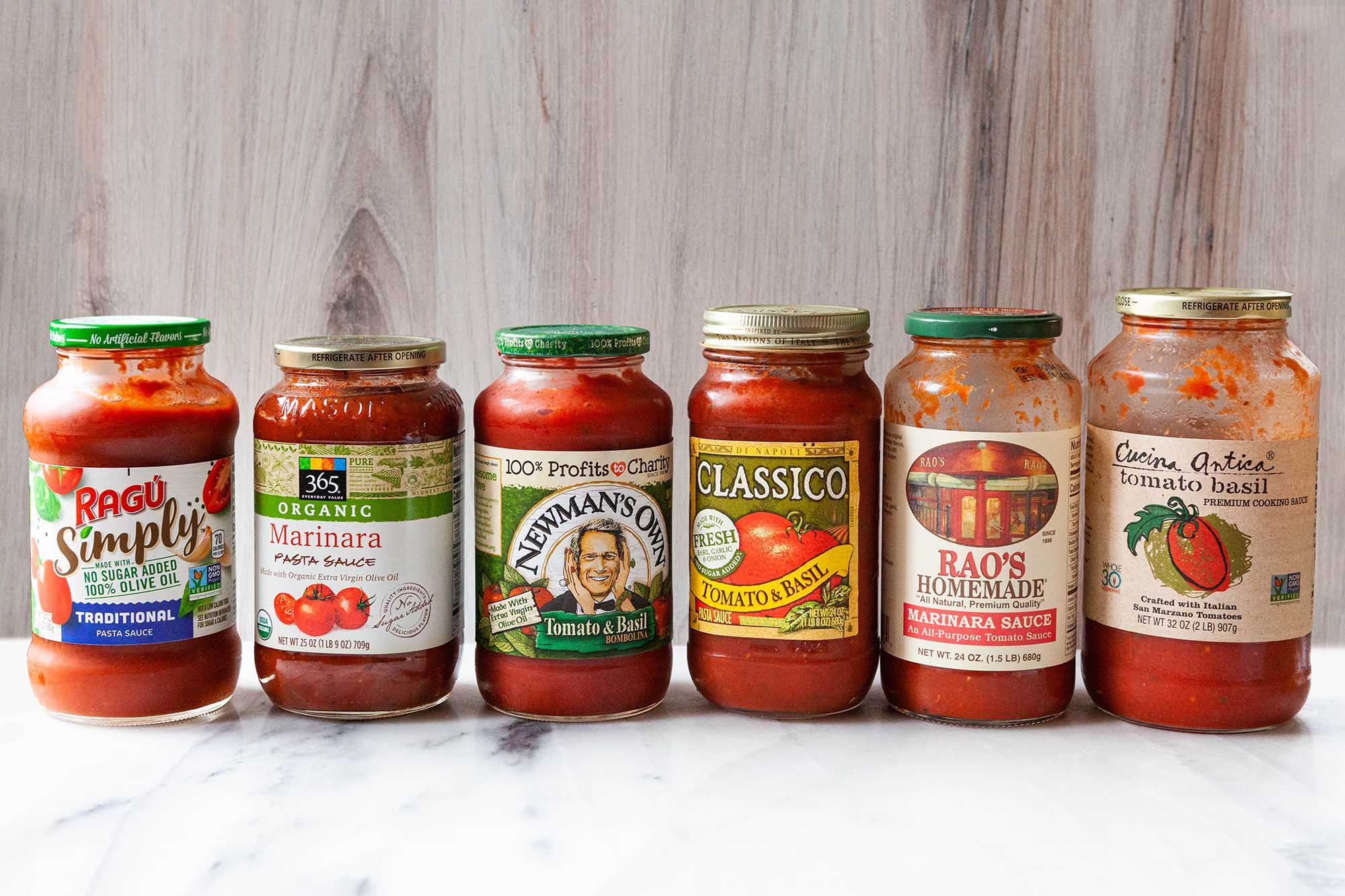
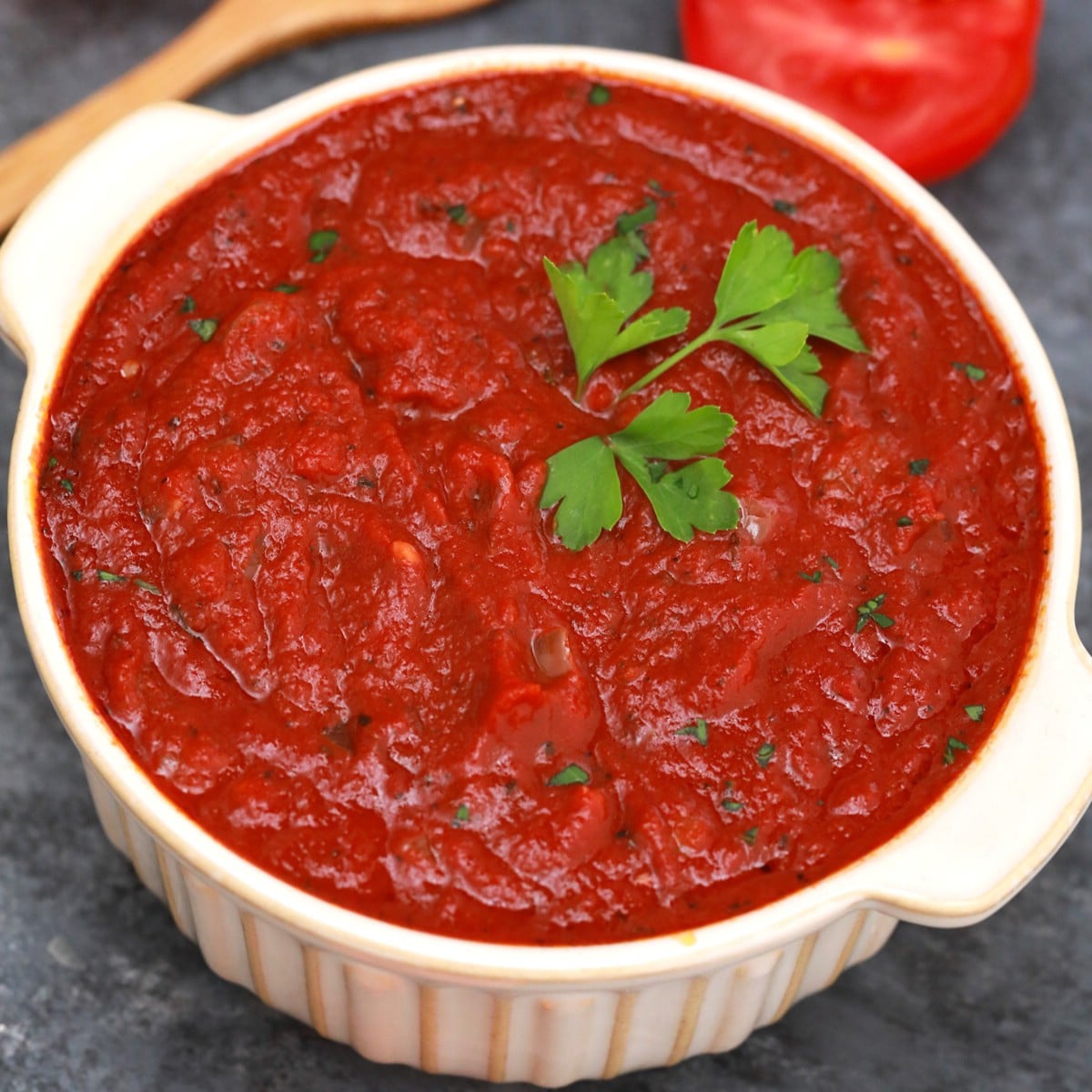
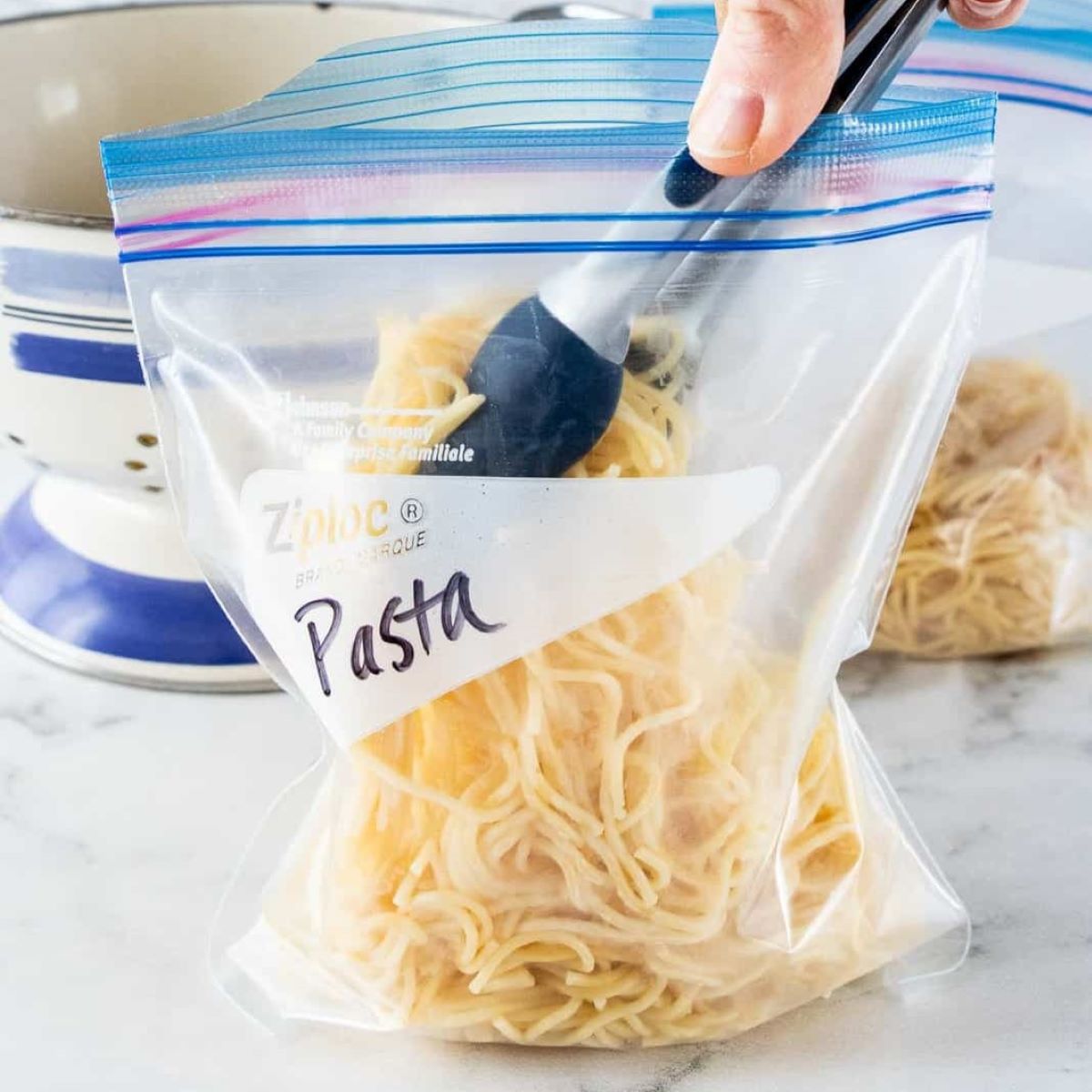
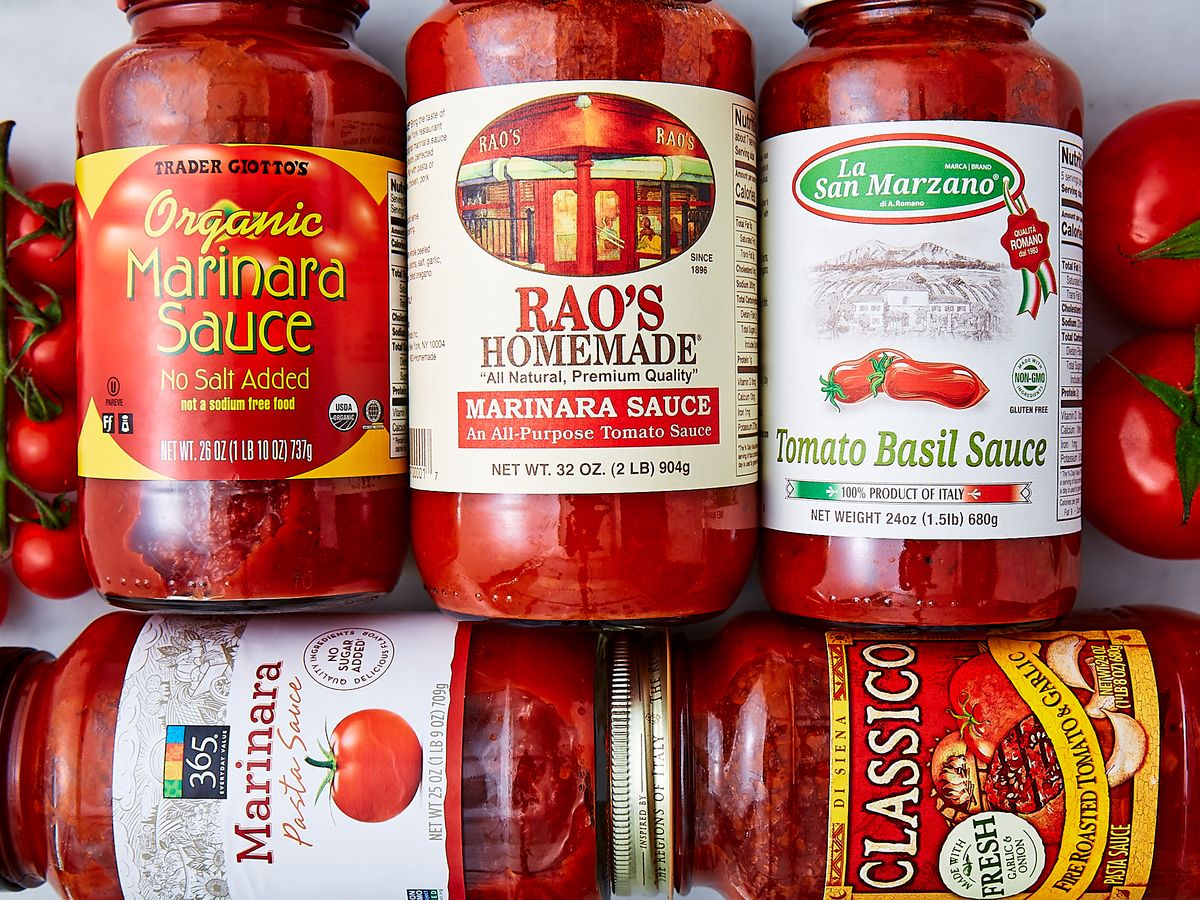
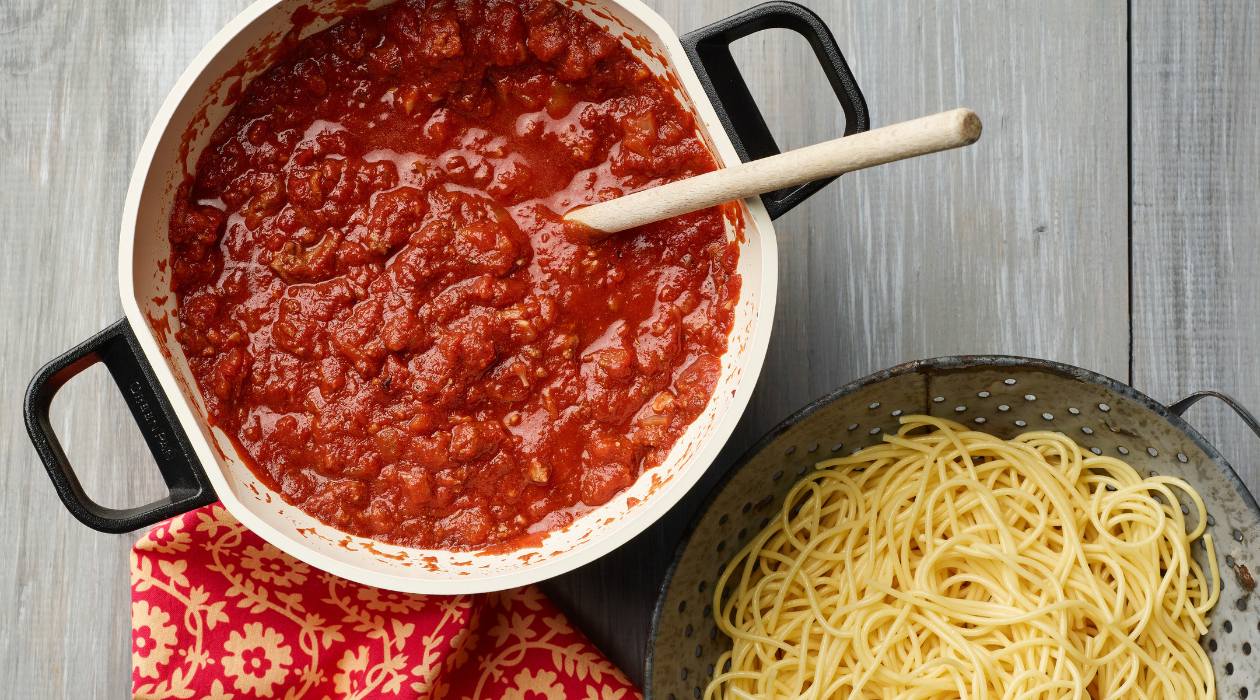
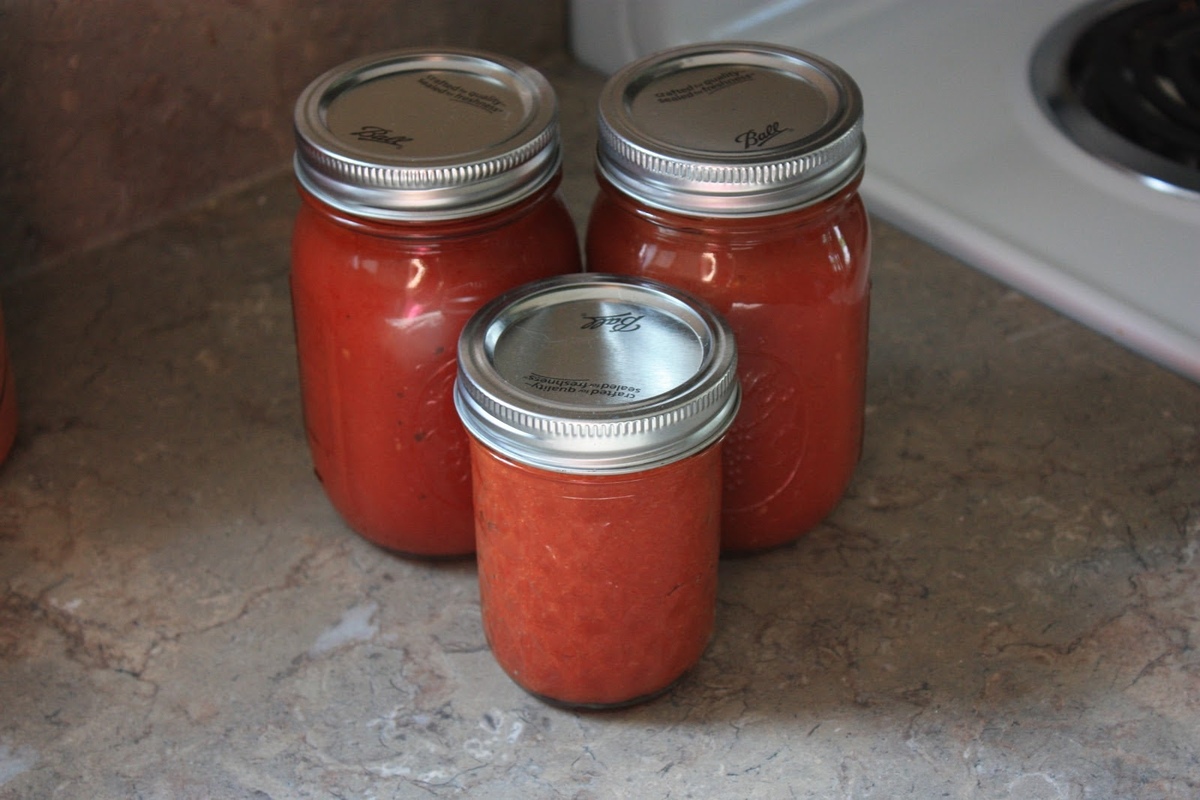
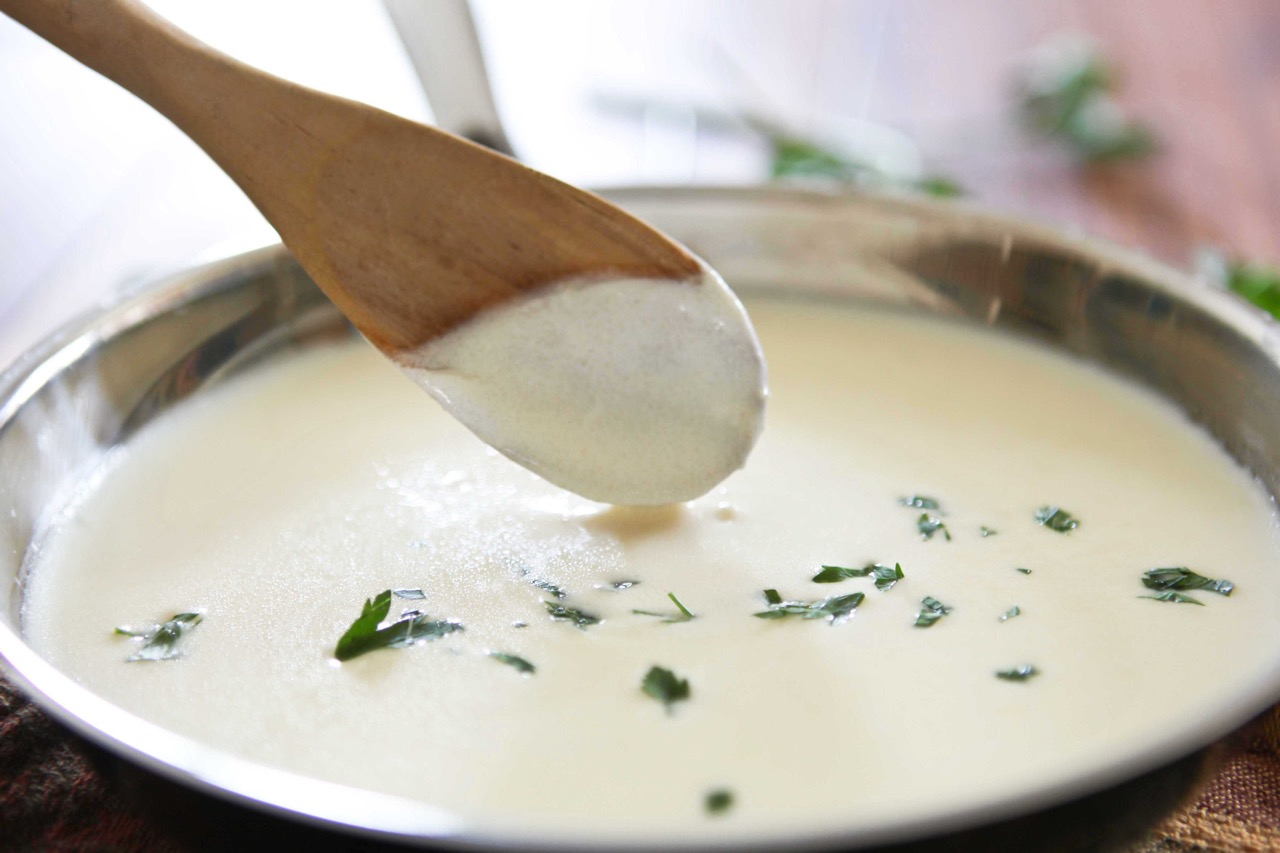
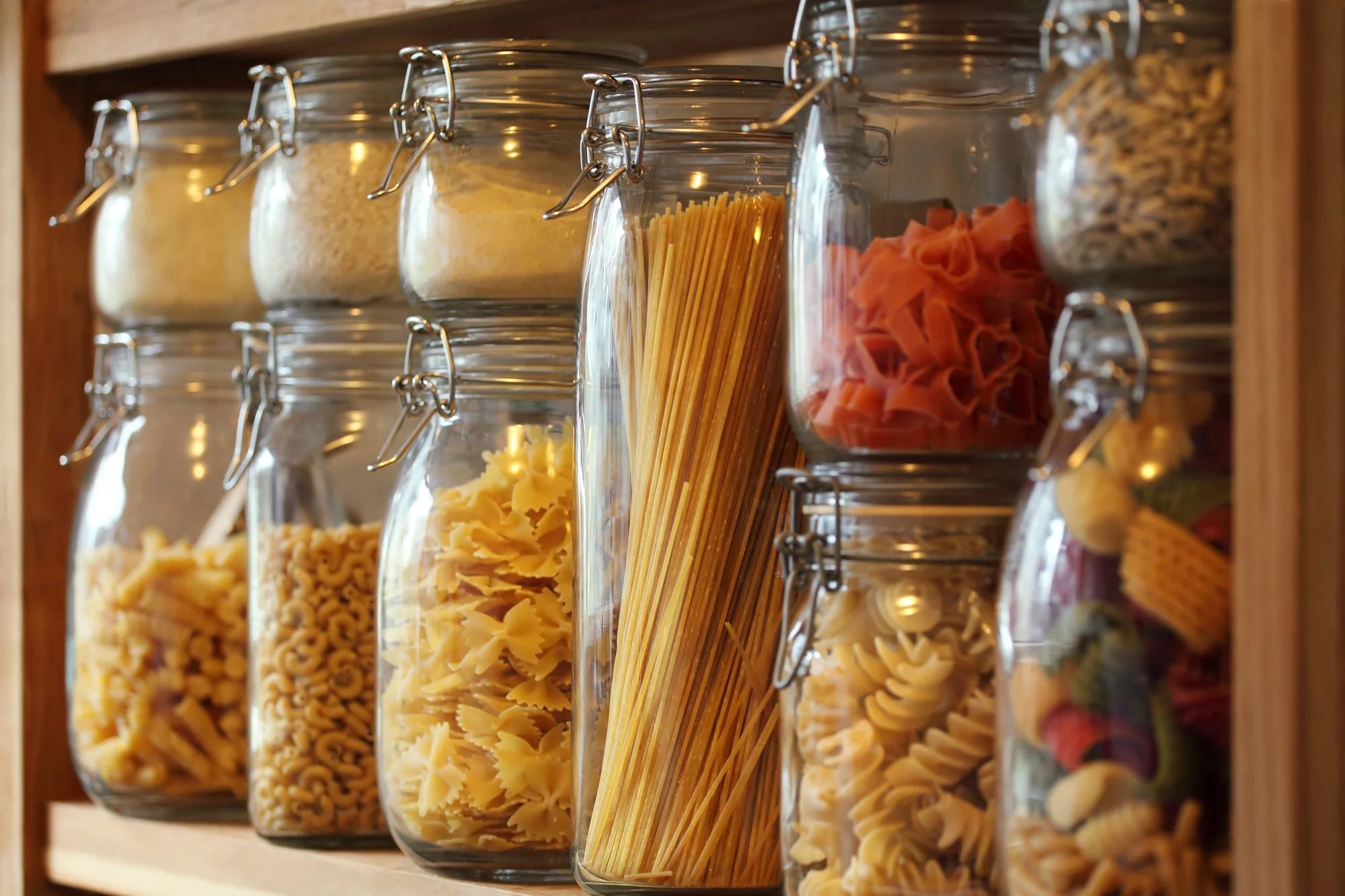
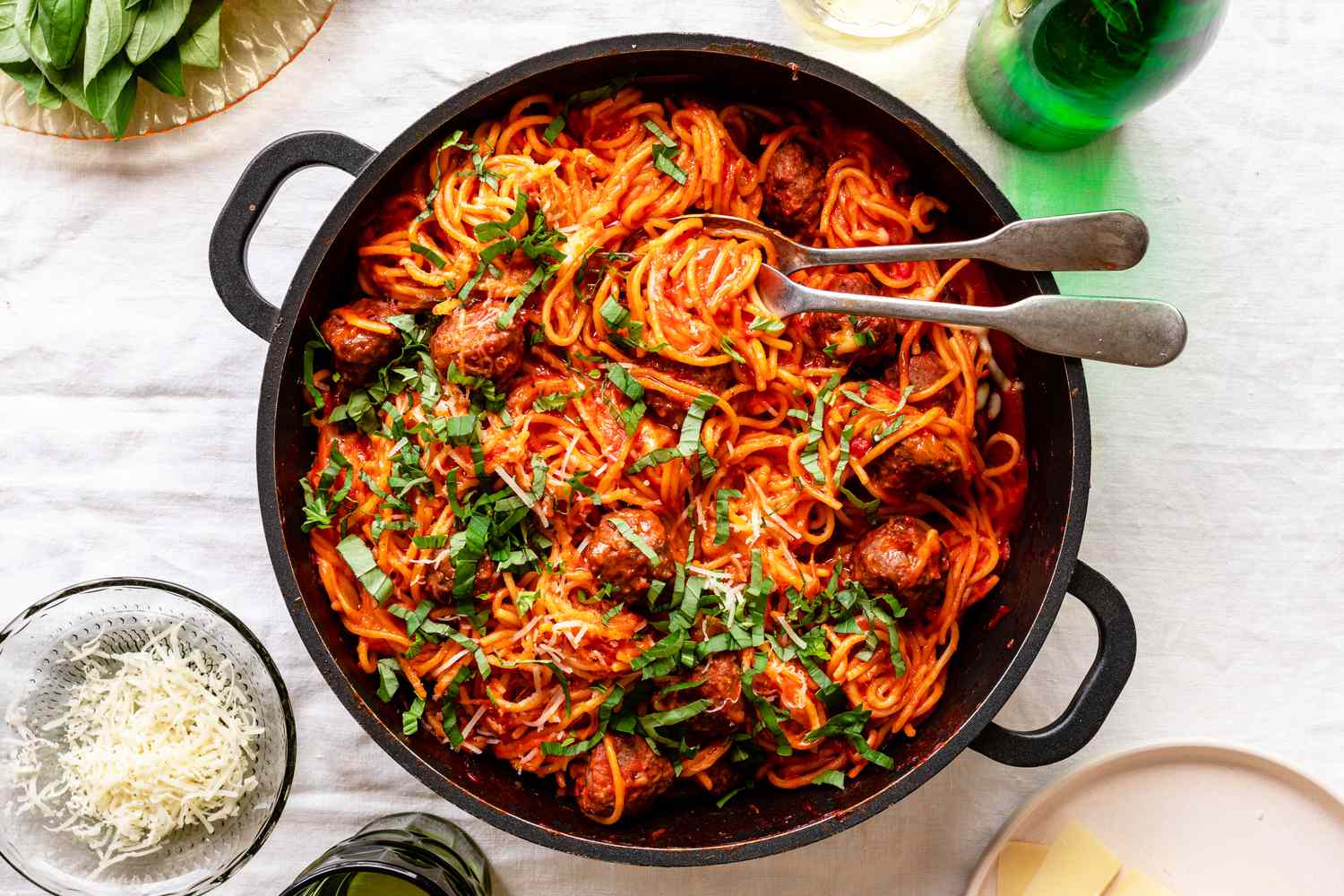

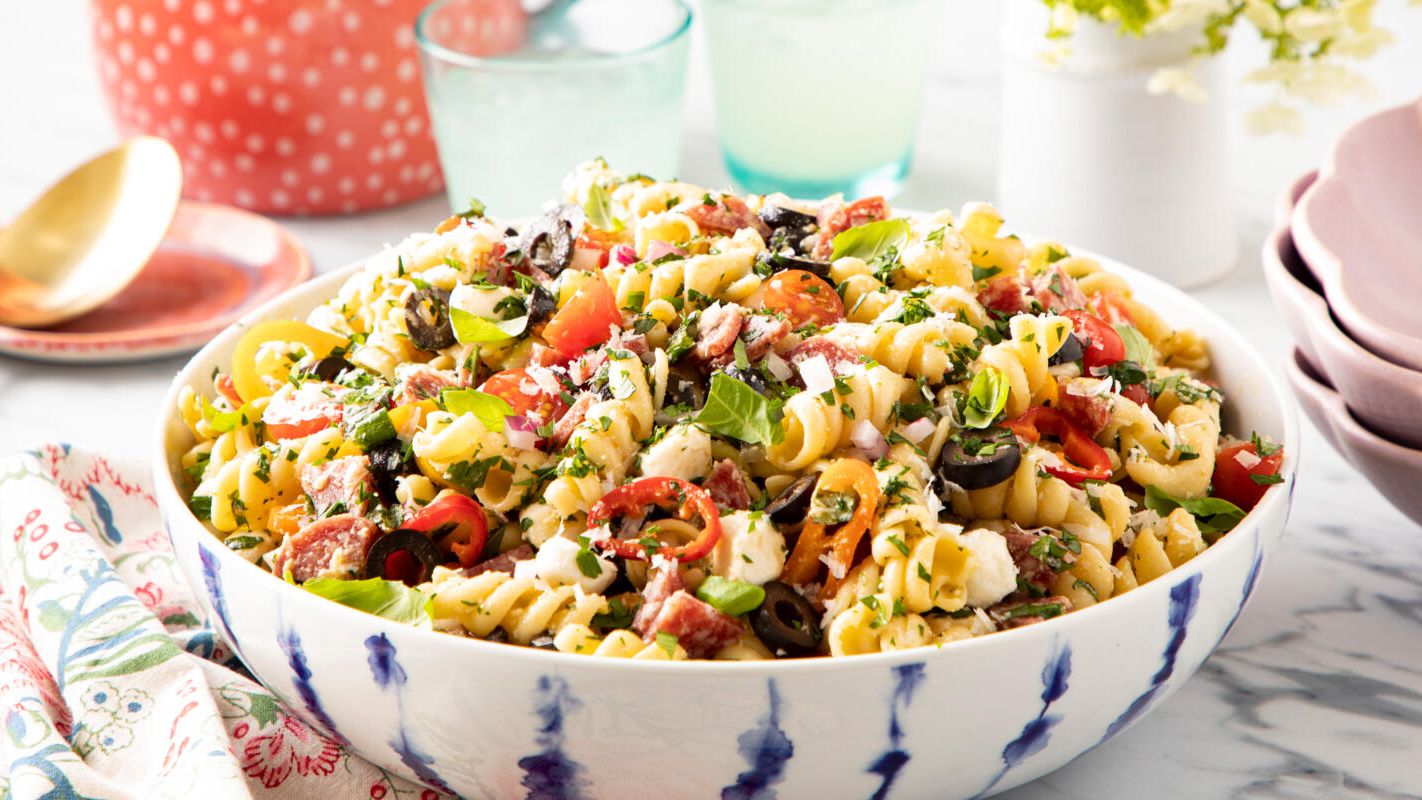
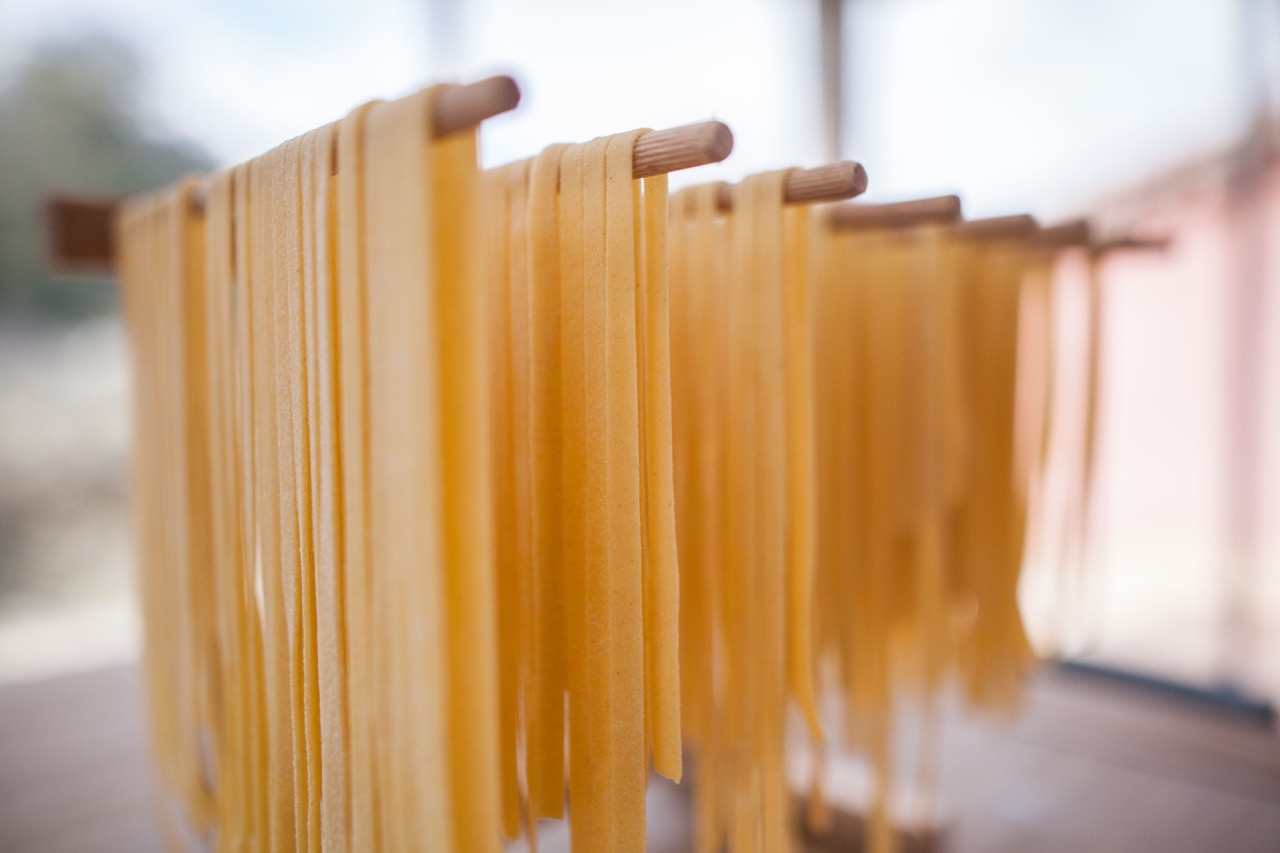
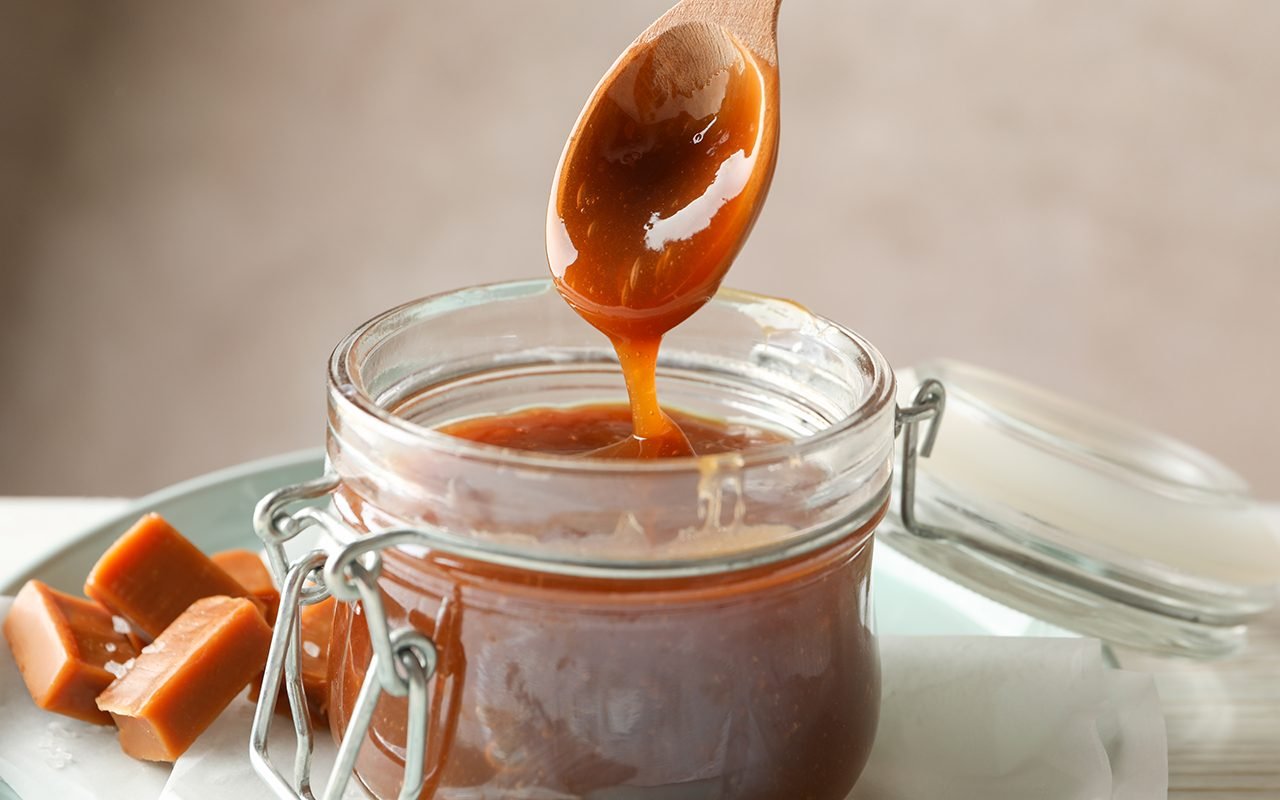
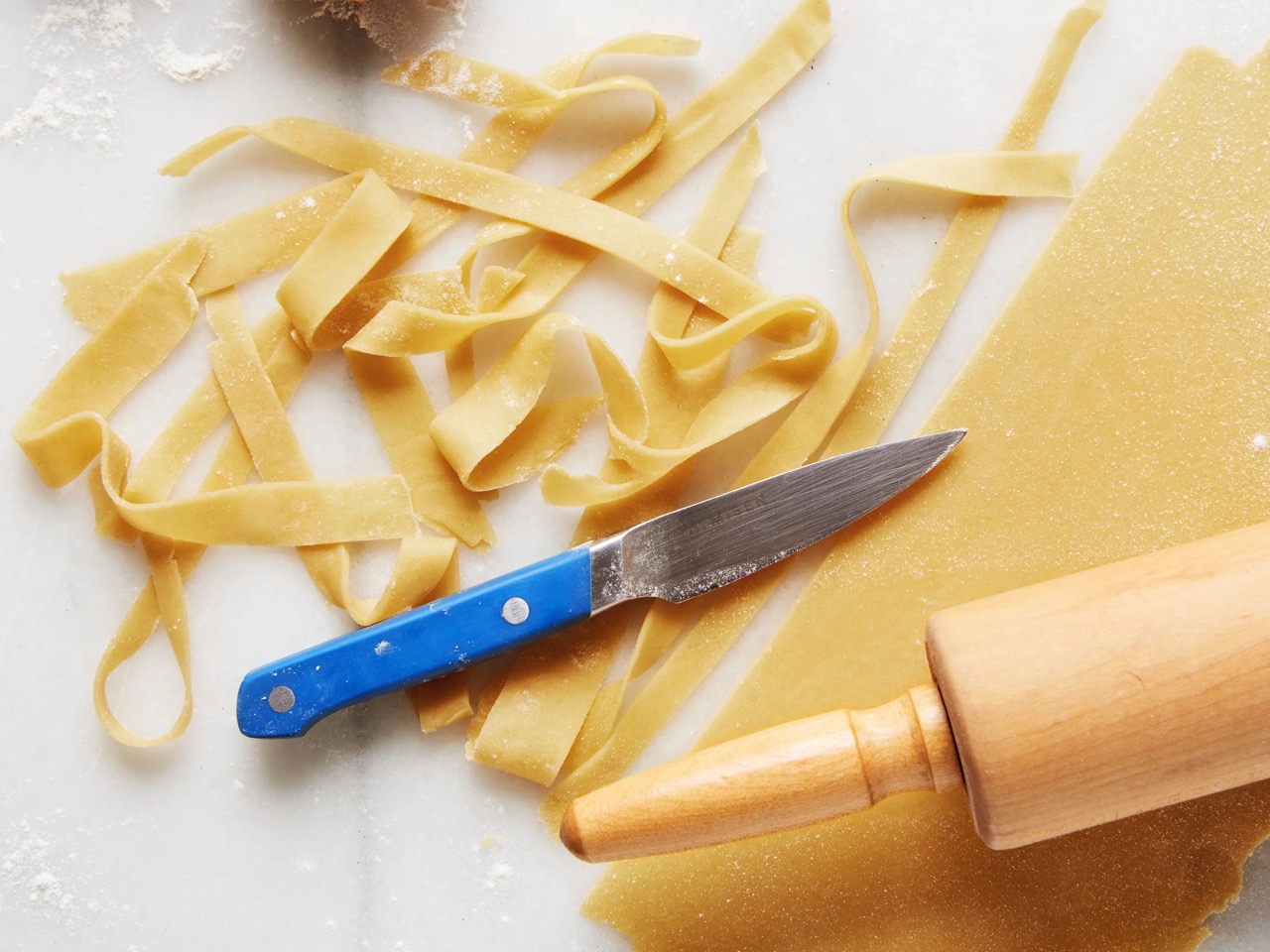

0 thoughts on “How To Store Cooked Pasta With Sauce”